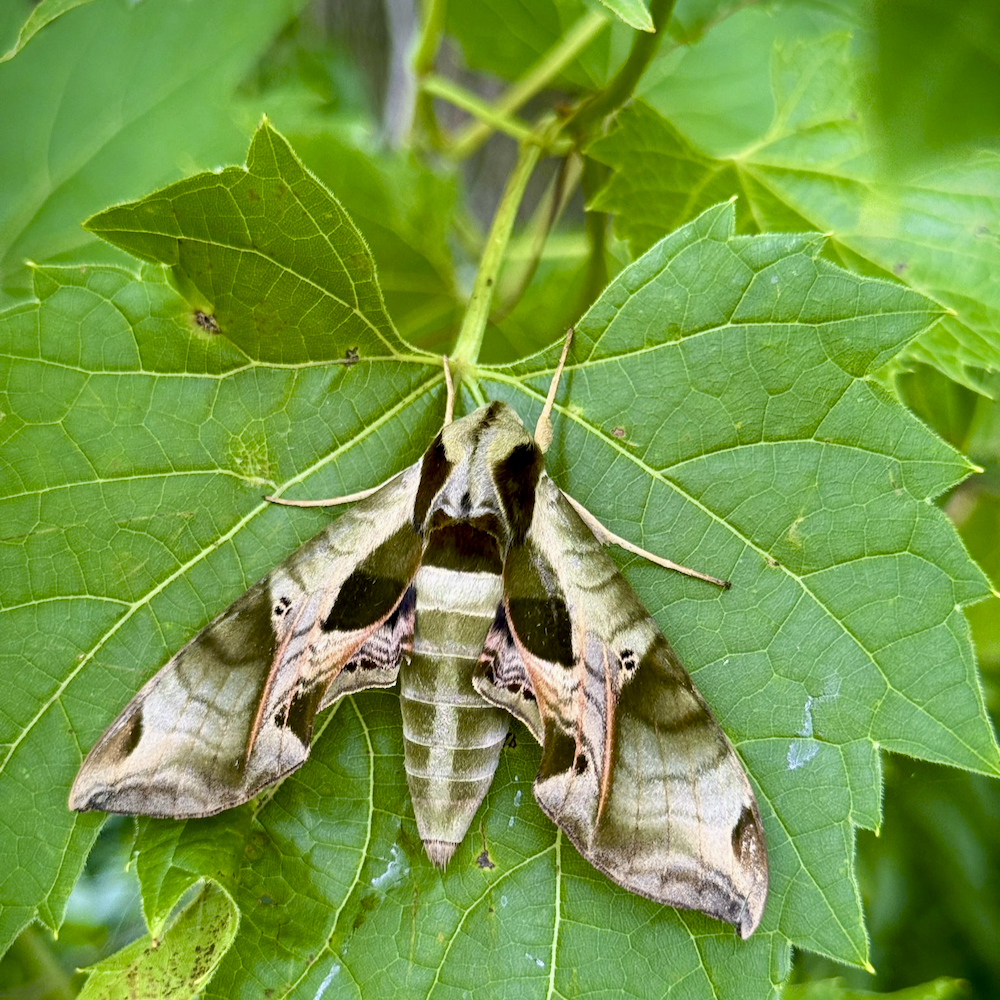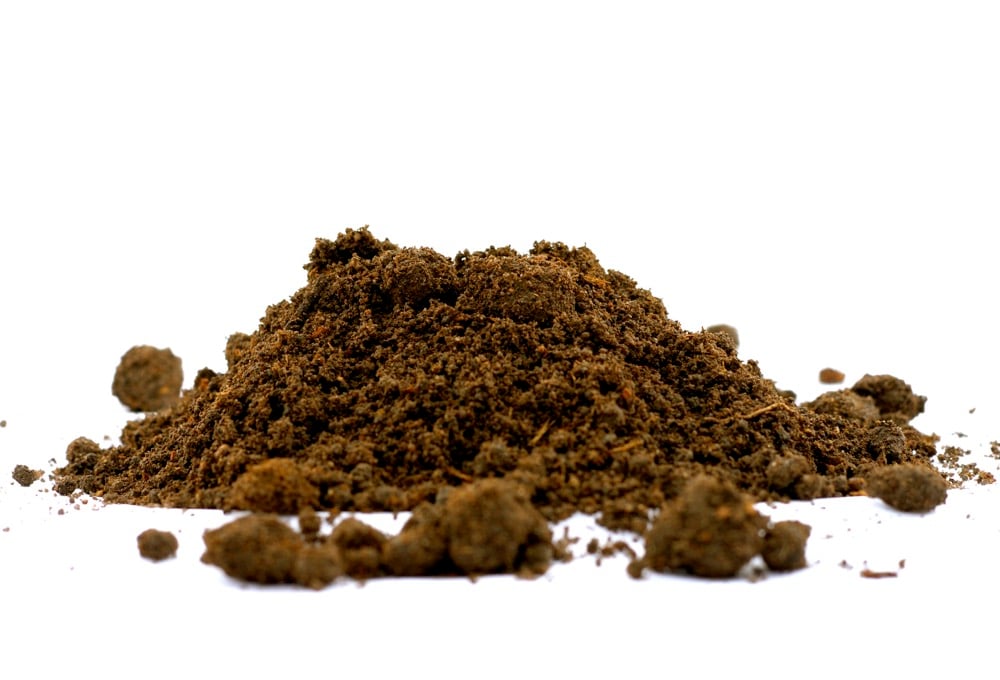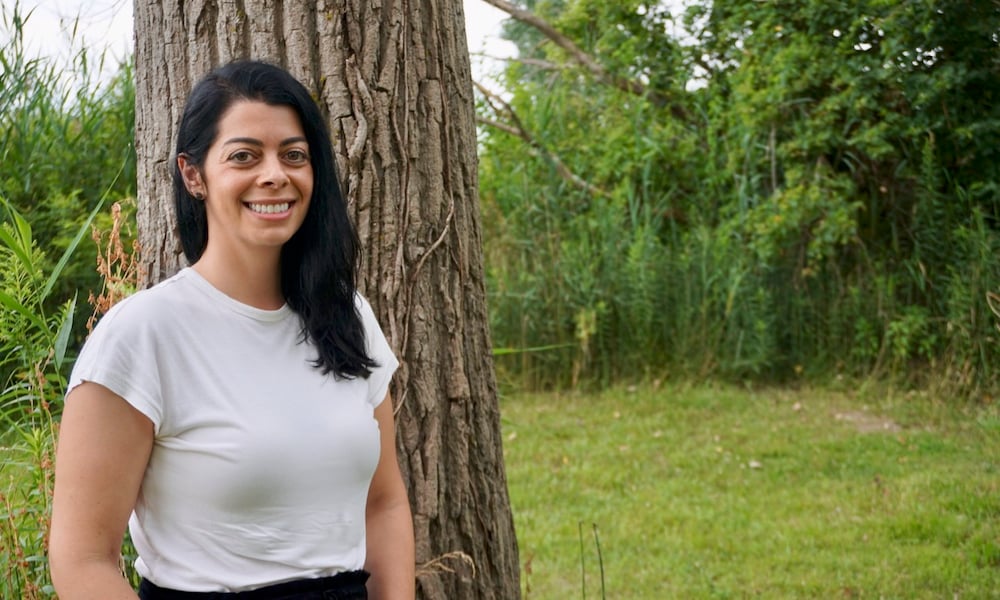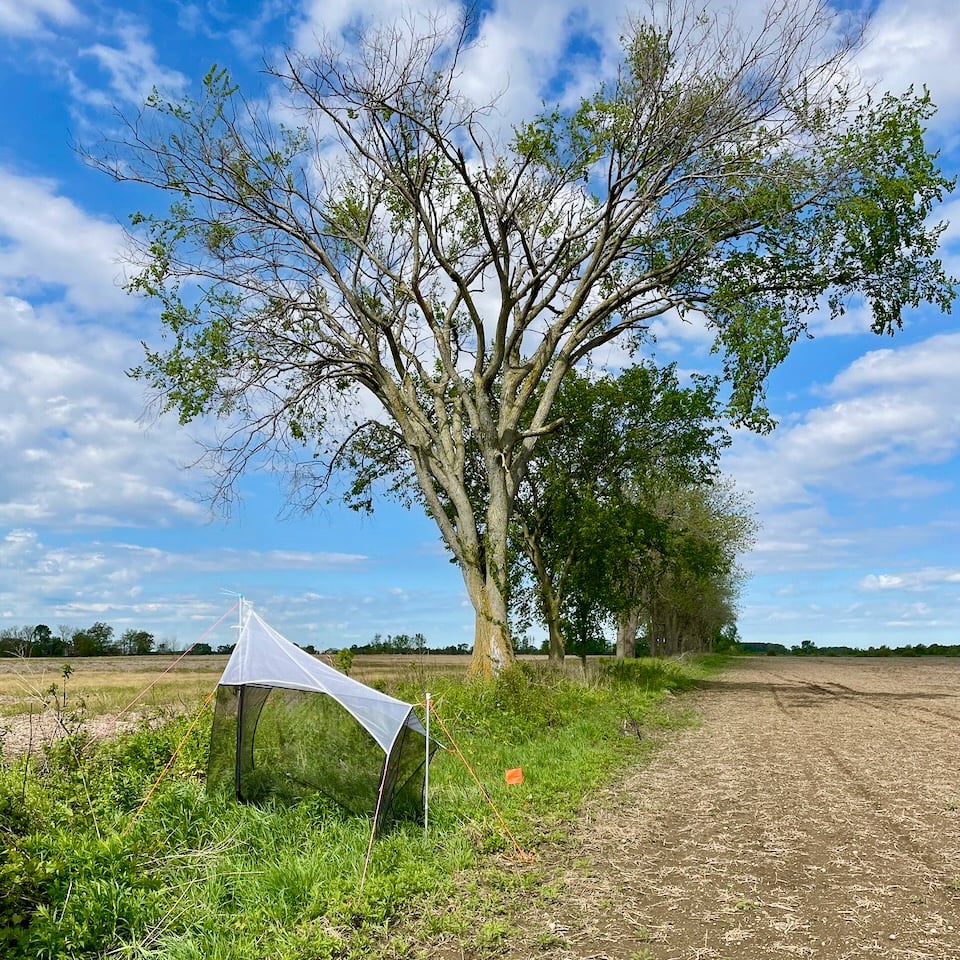Entomologist says insects are cool. Here’s why we should care

Insects comprise the vast majority of animal life on earth. They are also a foundation of every terrestrial and freshwater ecosystem. But how much do we really know about Earth’s invertebrate world?
Read Also


Opinion: Does soil health pay the bills?
Glacier FarmMedia – Farmers are under tremendous pressure these days to factor soil health into their management decisions. While there…
A fair bit, according to Lauren Des Marteaux, entomologist with at Agriculture Agri-Food Canada’s Harrow Research Centre. Even then, our current understanding of the number, variety, and ecological significance of insects and other invertebrates is a mere fraction of what is possible.
Why it matters: Greater insect diversity is an indicator of healthy environments. That diversity can also help the agriculture sector weather pest and environmental pressures.
As ecosystem loss continues to be a global challenge, Des Marteaux believes expanding what we know about invertebrates, and their role in the environment, is critical to ecological restoration, as well as agricultural resilience.


photo:
Matt McIntosh
“The biomass is insane”
Des Marteaux took a fairly direct path into the world of entomology – the study of invertebrates – having cultivated an interest in biology at a young age. The Toronto native earned her academic credentials at the University of Guelph, Western University, and as a post-doctoral researcher in Czechia (then called Czech Republic). She since worked in Japan before moving to AAFC’s southernmost research station.
“In the Czech Republic I was looking at extreme freeze tolerance – insects that can handle ultra, ultra freezing at -196 C, in liquid nitrogen – temperatures so cold we don’t experience it anywhere on Earth. How does an organism survive that process? There are so many horrible things that happen to cells in the freezing and thawing process,” says Des Marteaux, highlighting one of the stranger studies on which she worked and published.
“It matters for the medical field. If we could figure out how to freeze and thaw cells or tissues without them getting destroyed, that has great potential.”
It was the environmental significance and ecological perspective afforded by invertebrates, however, that she finds most astounding.
“Of all animal species currently described, over one million of them, or about 67 per cent, are insects.” But we expect there to be several times that many insect species,” say Des Marteaux. “Let’s say it’s on the lower end of what we think the true number is – at about four million insect species – that’s 90 per cent of all animals on Earth. There are ten quintillion insects alive at any given moment. The biomass is insane.


photo:
Matt McIntosh
“People generally don’t observe insects, and if you don’t see them, it’s not something you think or care about. Yet insects are at the base of the pyramid. When you start losing that base, a lot of things go wrong. That’s why the outreach is important.”
Slow, expensive – and important
Outreach is indeed an important part of Des Marteaux’s work. She visits local schools, has helped establish Bioblitz or Bug Day events – where community members come together to catalogue every species of living organism (barring those not visible to the naked eye) in a given area – in London, Guelph, and Ottawa. She is also active in the Entomological Society of Ontario, and is increasingly involved in agricultural extension pertaining to pollinators, sustainable pest management, and invasive species.
“On the conservation angle, I’m involved with Living Labs projects measuring pollinator numbers in working agricultural operations. The overall purpose is to figure out how to best support pollinator numbers in agricultural lands. It’s really important because we have so little natural habitat left here,” says Des Marteaux, referring to much of Southwestern Ontario.
“Biovigilance is another important pillar of my research program. We are in a high-risk area for new pests coming up from the United States, especially in an era of climate change. Proximity to the border and high trade volume increases that risk. So biovigilance is important to monitor the movement and impact of invasive species, as well as what could be natural enemies to those species.”
Determining what insect species live where, and in what number, is also critical for understanding whether an area’s ecology is healthy, or in decline. Some notable research papers have indicated alarmingly significant declines in some insect populations over wide geogra- phies in recent decades. In Southwestern Ontario, though, the true state of play is not well understood – in part because identifying and cataloging invertebrates is very time consuming, and frequently challenging when the DNA markers of a given species are not yet known.
“Southwestern Ontario has already lost a lot of habitat, and without robust historical data on insects it’s difficult to know the true impact. How do we know what we’ve lost, if we don’t know what was here in the first place?” says Des Marteaux.
“You can make a strong case that insect decline is an issue based on the bits of data we do have about this area’s ecology. One thing our team is aiming to do with the first Ontario Living Labs data set, is to compare Norfolk and Windsor-Essex County farms for insect biomass and diversity. Norfolk currently has ten times more forest cover than Windsor-Essex, which lost most of its Carolinian forest to agriculture and land development over the past 250 years. If we had our old Carolinian forests here, things would be a lot different.”
Source: Farmtario.com

